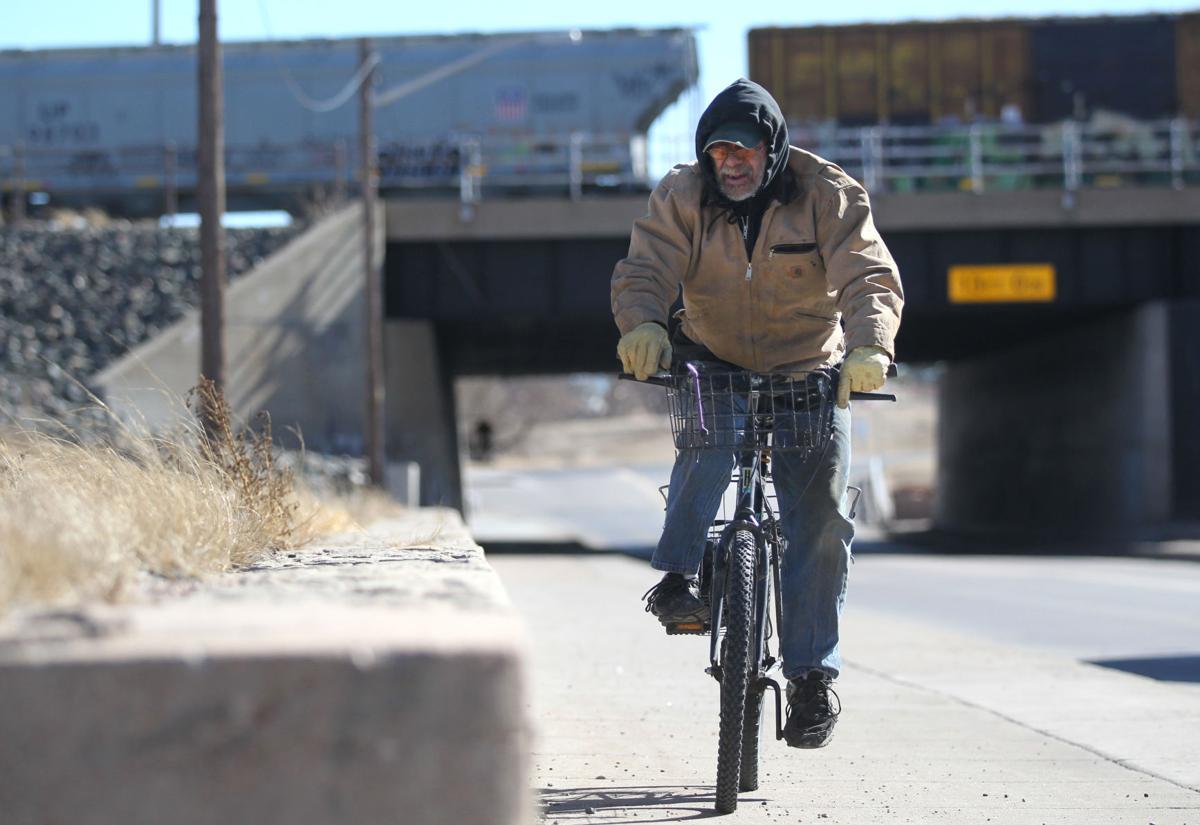Wyoming is the least populated state in the US. As a New Yorker, my perspective is that The Equality State has barely more people than Staten Island, the least populated of the Big Apple's five boroughs. And only Alaska is more sparsely populated.
Why is Wyoming nicknamed "The Equality State"? Well, in 1869--twenty-one years before it became a state, and fifty-one years before the Nineteenth Amendment was passed--the then-territory of Wyoming became the first government in the world to give women the right to vote. The reasons for this have long been debated, but almost everyone seems to agree that one motivation was that Wyoming's legislators wanted their territory to become a state and, because there were so few people, women's votes were necessary to get Congress to consider the territory for statehood.
But I digress. Wyoming's stunning vistas and open spaces mean that people travel great distances for work, school or almost anything else in their lives. So, getting the state to invest in bike or pedestrian lanes can't be the easiest "sell" in the world. And that is what the Bicycle and Pedestrian System Task Force is telling the state to do.
Although people often vacation in, or even move to, places like Wyoming because they believe the environment is pristine, there are environmental problems not found in the larger, denser coastal cities. Like neighbors Colorado and Montana, much of the state lies two kilometers or more above sea level. Since the air is thinner at such high altitudes, it doesn't take very many vehicles to pollute the air. (Denver has some of the worst smog of major American cities.) So, perhaps, Wyoming needs to encourage people to walk and cycle as much as, or more than, even Los Angeles--especially if more people decide to move there and enjoy its "rustic" charms.
Why is Wyoming nicknamed "The Equality State"? Well, in 1869--twenty-one years before it became a state, and fifty-one years before the Nineteenth Amendment was passed--the then-territory of Wyoming became the first government in the world to give women the right to vote. The reasons for this have long been debated, but almost everyone seems to agree that one motivation was that Wyoming's legislators wanted their territory to become a state and, because there were so few people, women's votes were necessary to get Congress to consider the territory for statehood.
 |
| Cheyenne resident Dave Flores riding in his hometown. |
But I digress. Wyoming's stunning vistas and open spaces mean that people travel great distances for work, school or almost anything else in their lives. So, getting the state to invest in bike or pedestrian lanes can't be the easiest "sell" in the world. And that is what the Bicycle and Pedestrian System Task Force is telling the state to do.
Although people often vacation in, or even move to, places like Wyoming because they believe the environment is pristine, there are environmental problems not found in the larger, denser coastal cities. Like neighbors Colorado and Montana, much of the state lies two kilometers or more above sea level. Since the air is thinner at such high altitudes, it doesn't take very many vehicles to pollute the air. (Denver has some of the worst smog of major American cities.) So, perhaps, Wyoming needs to encourage people to walk and cycle as much as, or more than, even Los Angeles--especially if more people decide to move there and enjoy its "rustic" charms.
I read the link with great interest. I am sure that the article is correct in most of it's points, but I feel that a wider perspective is needed. All of the early places to grant the vote to women (Wyoming, 1869, New Zealand, 1873, and Finland, 1906) were places where the economy was dominated by cattle or sheep herding or forestry. The men, out of necessity, were absent from the ranch or farm for long periods of time, and women most often controlled the day-to-day business of the farms and ranches and became the de facto CEO's of the family enterprises. I think it was their economic power that tipped the balance. It was certainly the case in Finland.
ReplyDeleteI cycled many miles in Wyoming while I lived there, but I'm skeptical that the hidebound Wyoming Legislature would cut loose $10 million for cycling and walking infrastructure. Wyoming legislators seem to be more focused on reviving the struggling fossil fuel industry. Unsurprisingly, some lawmakers are advocates of arming teachers.
ReplyDeleteLeo--It's interesting that "feminism" is usually associated with cosmopolitan urban areas but, as you point out, female suffrage really began in places where the economy was dominated by herding, ranching or forestry.
ReplyDeleteI am reminded of something a few people from rural Latin American areas have told me: While women still are excluded from the Roman Catholic priesthood, in many places, women are acting as de facto priests, doing everything up to and including the saying of mass. Those areas are--you guessed it--areas dominated by ranching, herding and forestry.
MT--I wonder why there is such a correlation between being anti-bike or pro-fossil fuel and advocating the arming of teachers.
I am sure a lot of people will decide not to become teachers, or leave the profession, if that ever comes to pass.